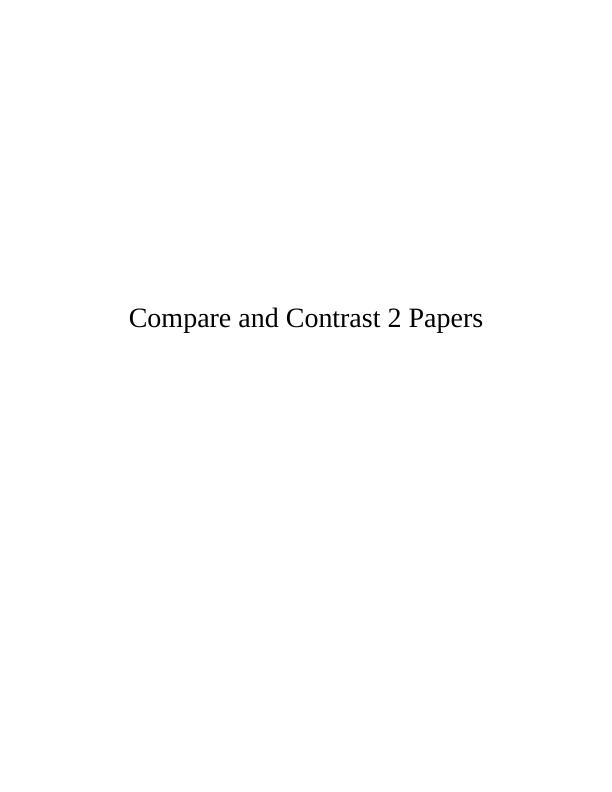Ask a question from expert
Mapping Vegetation Through Remotely Sensed Pictures: A Comparative and Contrast Approach
6 Pages1328 Words187 Views
Added on 2020-06-06
About This Document
Compare and Contrast 2 Papers COMPARE AND CONTRAST 2 PAPERS 1 REFERENCES 3 COMPARE AND CONTRAST 2 PAPERS Xie, Sha and Yu (2008), investigated vegetation mapping through the use of remotely sensed pictures. are founded time consuming and too expensive, therefore, the study has great significant benefits wherein researcher had made enormous efforts to examine vegetation coverage ranging from local to global scale via application of remote sensing technology. Another study conducted by Kraus and Pfeifer (1998) is based
Mapping Vegetation Through Remotely Sensed Pictures: A Comparative and Contrast Approach
Added on 2020-06-06
BookmarkShareRelated Documents
End of preview
Want to access all the pages? Upload your documents or become a member.


